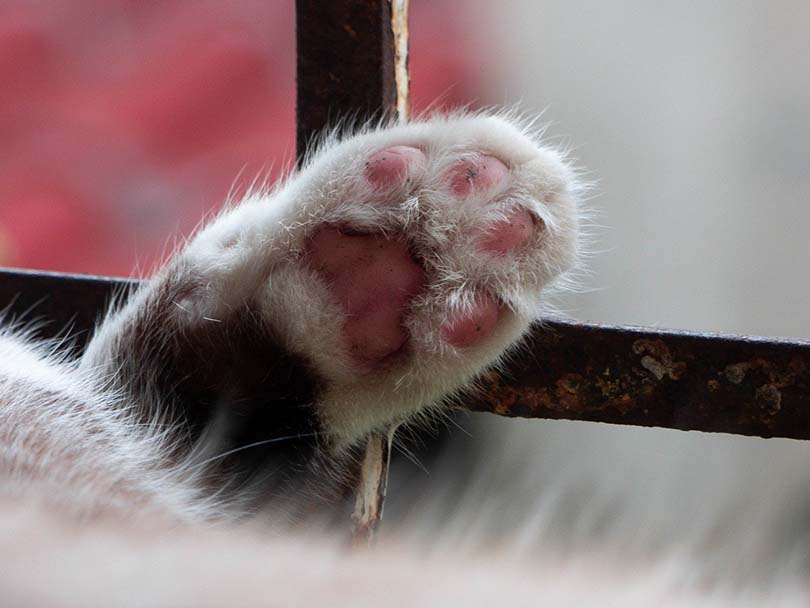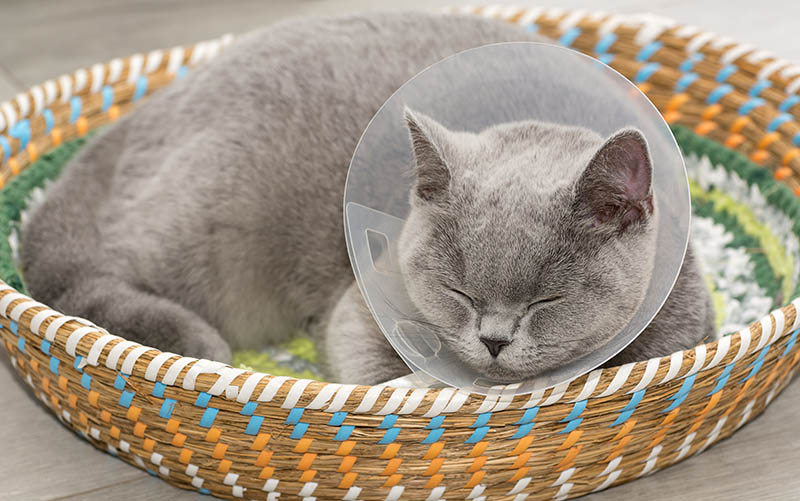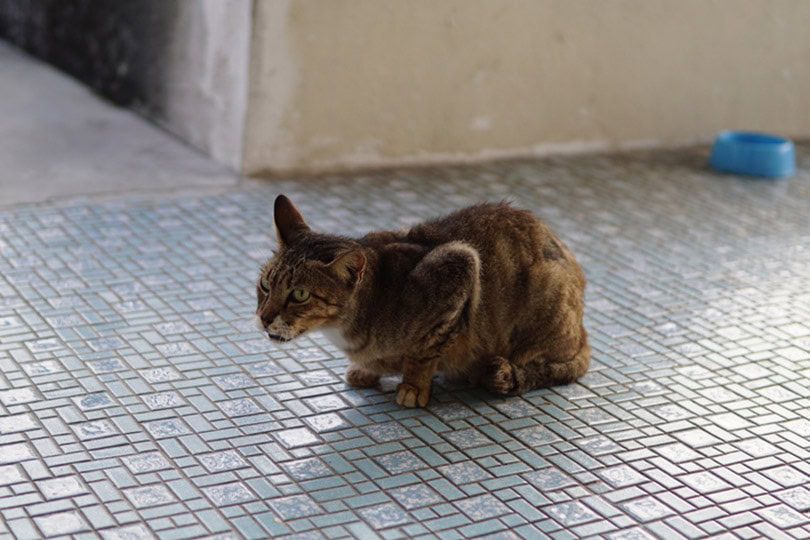VET APPROVED

The information is current and up-to-date in accordance with the latest veterinarian research.
Learn more »Click to Skip Ahead
Some cats love to hit you playfully, grab ahold of you, and gently wrap their paws around your finger. After nap time, they reach out their paws and display their adorable paw pads.
But what is a standard color for pads on a cat? They can vary in color from cat to cat, but once they are born, they should stay the same color. So, if you have recently noticed a change in your cat’s paw pad appearance, here are a few reasons why.

What Are Paw Pads?
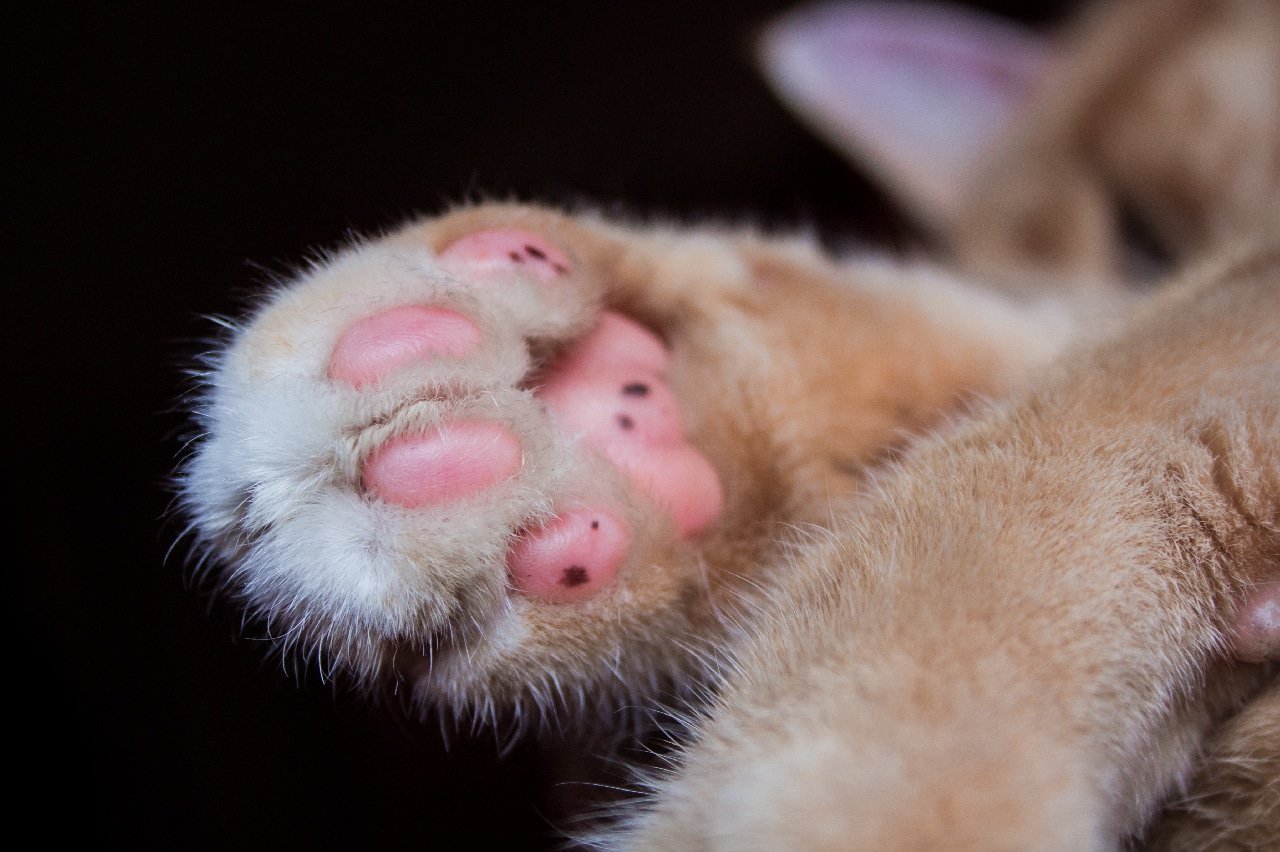
Paw pads are the cushions of tissue on your cat’s feet. They act as natural shock absorbers and provide a shield between the soft tissue and the ground.
Although most cats have pink paw pads, they can also be black and spotted.
What Do Paw Pads Usually Look Like?
All pads are made of collagen and adipose, but there are three types of pads on your kitty’s feet:
- Metacarpal pads—Forelegs
- Carpal pads—Forelegs
- Digital pads—Fore and hind legs
- Metatarsal pads—Hind legs
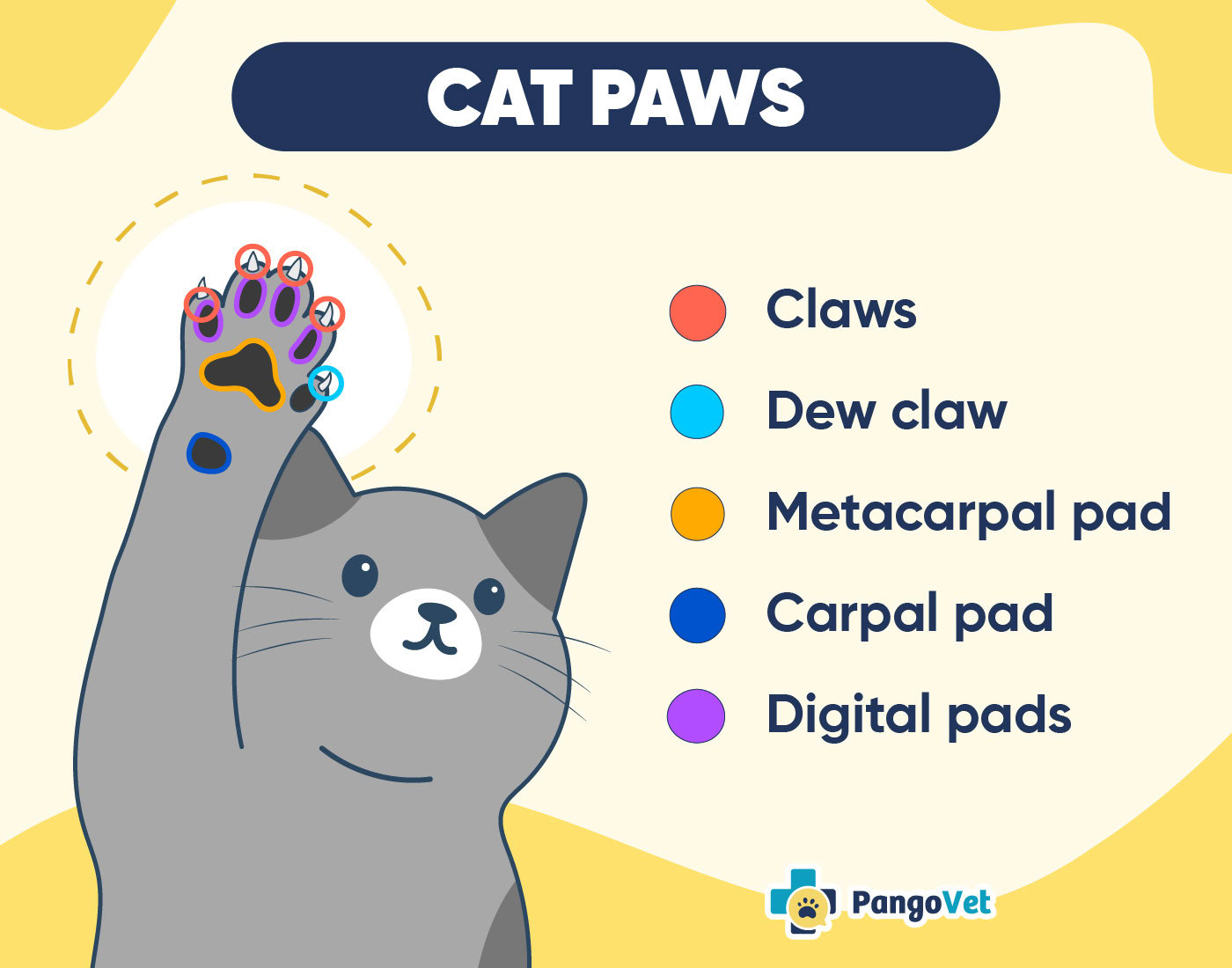
Different portions of your cat’s paw pads protect against the terrain, absorb shock, and provide traction.

The 4 Reasons for Paw Pad Color Changes
There are a few reasons the paw pads might change. Some of them are pretty obvious, while others require a second opinion. Here are the leading causes and what you can do to help your kitty.
1. Injury
One of the most apparent reasons for pad color changes is injuries. Any injury can scar and damage the pads, causing discoloration.
Some injuries involving the paw pads might be apparent, like an open wound. However, the discoloration can also come from other forms of injury, such as:
- Burns
- Cuts
- Bites
- Rashes
Sometimes, the injury is pronounced, but other times, you might need a vet to examine it. Some wounds require stitching, bandages, or medications to help your cat heal.
You should consult a vet if you are concerned about the condition of your cat’s paws.
2. Vitiligo
Vitiligo is a hereditary skin condition that changes the color of certain body parts. What is interesting about vitiligo is that Siamese cats seem particularly predisposed to it.
If you see it on your cat’s paw pads, you probably also notice it in other areas, such as nose and ear flaps. This condition usually develops over time, and there’s no treatment for it.
- White patches in the fur
- White patches on the skin
- Blotching
Vitiligo should be assessed by your vet and it usually requires a biopsy for diagnosis.
3. Plasma Cell Pododermatitis
If your cat’s paw pad is swollen and darker, they could have plasma cell pododermatitis. This condition causes the paw pad to become inflamed, looking somewhat like a pillow. It’s caused by excessive plasma cell infiltration as a response to an inflammatory process.
Typically, something else is going on with the immune system at that time that causes this condition.
- Purplish or darker paw pads
- Mushy textured paw pads
- Swollen paw pads
- Multiple feet affected
To diagnose this condition correctly, your veterinarian will run tests to see if your cat has high levels of lymphocytes and antibodies in its system. A biopsy of the affected foot may also be ordered.
If plasma cell pododermatitis is determined to be the cause, your vet will typically prescribe antibiotics, such as doxycycline, to reduce the issue.
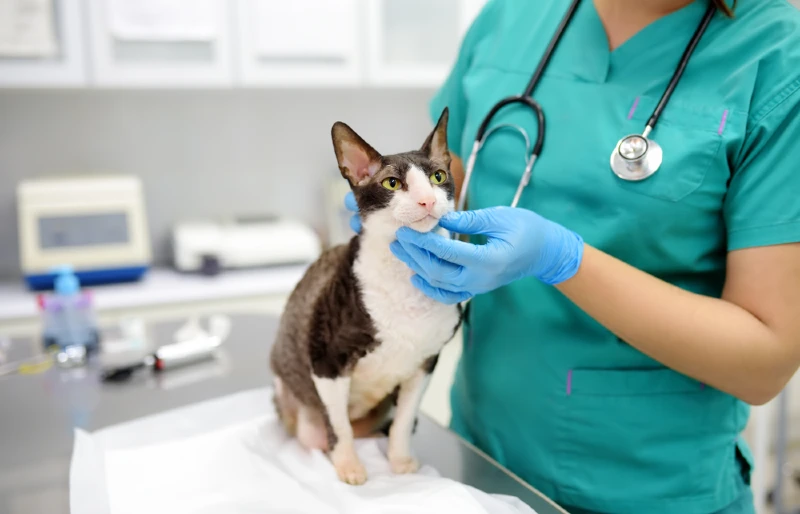
4. Anemia
If your cat’s paw pads turn very pale, they might have anemia. Anemia is the decrease of red blood cells caused by different reasons. Erythrocytes or red blood cells carry oxygen to the body. If your cat becomes anemic, there can be a whirlwind of other signs that come along with it. Anemia can have several causes.
- Pale gums
- Pale paw pads
- Lethargy
- Abnormal breathing
- Lack of appetite
- Continuous sleeping
Your veterinarian will assess your cat to determine the severity and the underlying cause of the anemia. Typically, they test the blood first to see how anemic your cat is.
- Autoimmune diseases
- Blood loss
- Infection
- Toxin exposure
- Feline leukemia
Ultimately, lab tests are necessary to uncover the cause. Treatment plans are determined after the proper diagnosis is given.

Final Thoughts
If you notice that your cat’s paw pads have changed color, look for other cues about what might be wrong. Chances are, there will be accompanying signs.
Taking your cat to the vet for a checkup is crucial to determining the underlying cause. Sometimes, the cause is manageable or harmless, but other times, it requires further treatment, testing, or suturing. Never neglect bodily changes in your beloved feline friend; contact your vet if you notice concerning signs.
You might also be interested in:
- How to Protect Your Cat’s Paws from Hot Pavement (5 Tips)
- Fascinating Facts About Your Cat’s Paws (Vet-Approved)
Featured Image Credit: Aldair-Pho, Pixabay
